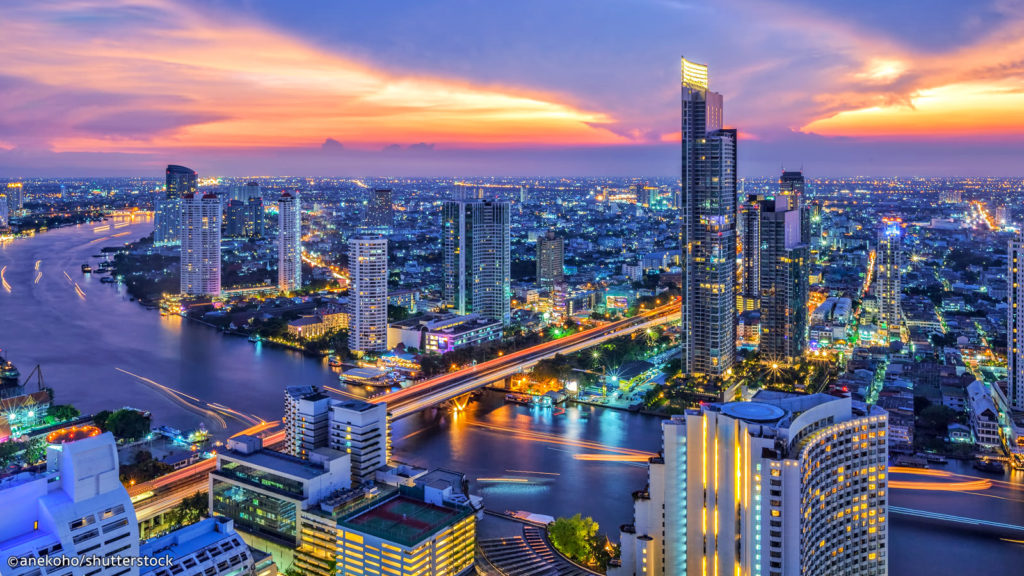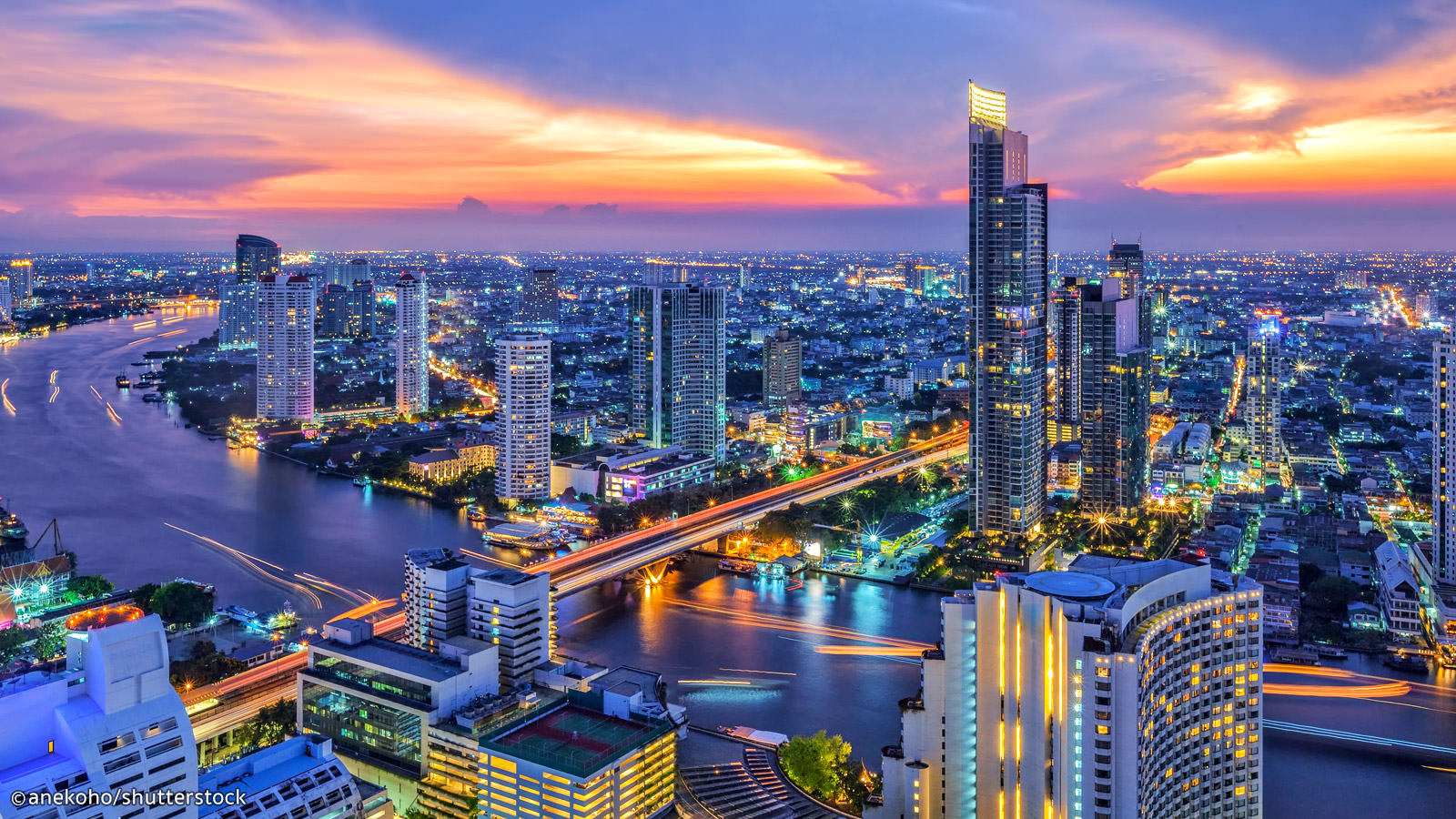I’m about to finish up a wonderful month-long visit to Bangkok on a Fulbright Specialist Grant. The Thai Office of Higher Education Commission, Bureau of International Cooperation Strategy  asked me to come help futurize their internationalization strategy. If you’re like me, you might wonder exactly what that means: the process of integrating an international, intercultural, or global dimension into the purpose, functions or delivery of postsecondary education (link). [An interesting side note is that experts in internationalization have been struggling for years to agree on a definition….sound familiar, futurists?]
asked me to come help futurize their internationalization strategy. If you’re like me, you might wonder exactly what that means: the process of integrating an international, intercultural, or global dimension into the purpose, functions or delivery of postsecondary education (link). [An interesting side note is that experts in internationalization have been struggling for years to agree on a definition….sound familiar, futurists?]
As a professional futurist for almost thirty years now, I have explored the future of hundreds of topics. It is always exciting, and a bit scary, to dive into a new topic. Fortunately for me, my hosts were well prepared to assist me. I received a detailed itinerary for my month-long stay, which looked a bit daunting, but as I went through the first few activities, I quickly became comfortable and looked forward to the next visit. I was also greeting with a good-sized stack of research on internationalization and the good work that OHEC/BICs has been doing for many years now. I felt that I would have plenty of material and experiences to draw upon to aid my exploration of the future of internationalization. I am using our Framework Foresight process, supplemented with a series of visits and interviews. I’ve identified a set of working issues that I’ve been testing with the experts and staff.
A few observations on the “state of the future” in Thailand. I think there is a growing desire for futures thinking, but it is not yet well developed in the country. I’m already in discussions about another project on the future of Thailand, and I sense a great opportunity to develop a futures community here. The main challenge, which I’ve seen in several countries that I’ve visited over the years, is developing the mindset for futures thinking. Thailand has a very polite culture. One pays respect to elders and superiors and frankly, it is not easy to challenge established ways of thinking and doing. Of course, this critical or challenging mindset is fundamental to good futures work. Indeed, a starting point when using Framework Foresight is to challenge the established baseline future. It will take some time to develop the culture to the point where this kind of thinking is okay.
I should also mention the tremendous support provided onsite by my hosts at the OHEC/BICS. I feel so welcomed and honored by them, and everywhere I’ve gone I’ve been struck by the kindness and graciousness of the Thai people. And I must also thank the Fulbright Specialist Program for making this opportunity happen. I am already looking forward to my next visit. – Andy Hines

Dear Professor Andy Hines, I am new here and an admirer of your work. I came across foresight through the HR research I am conducting and recently as a proposal for my future role in the company. Your thesis gave me a path to find APN and you. I just read the paper you posted Hines and Bishop (2013) and wanted to ask you if you ever used LEGO Serious Play to draw the scenarios backward and forward. I have facilitated sessions that by using this hand-brain connection the team materializes in 3D format what you obtain in 2D. They articulate and solidify it in a playful and interesting way.